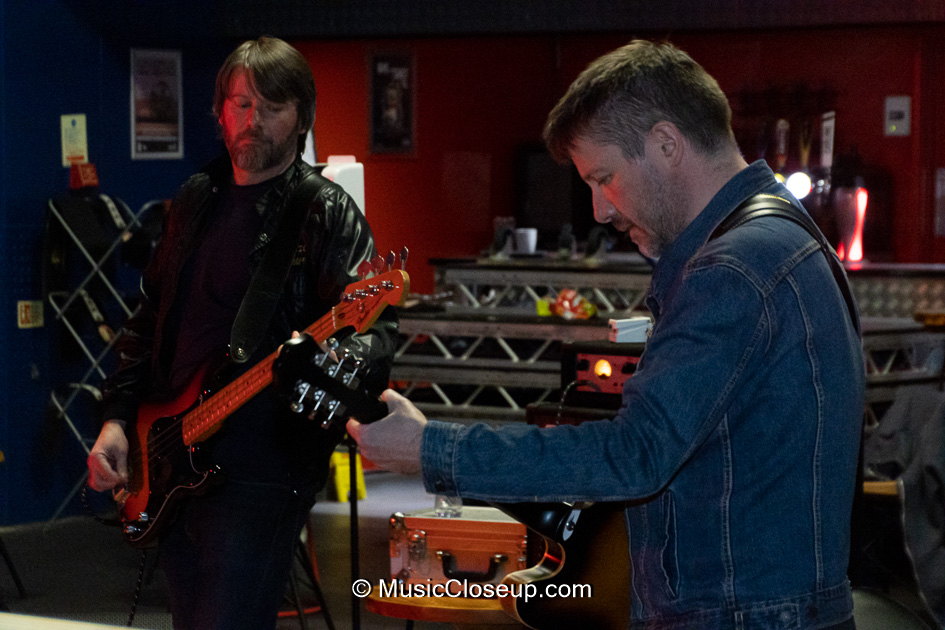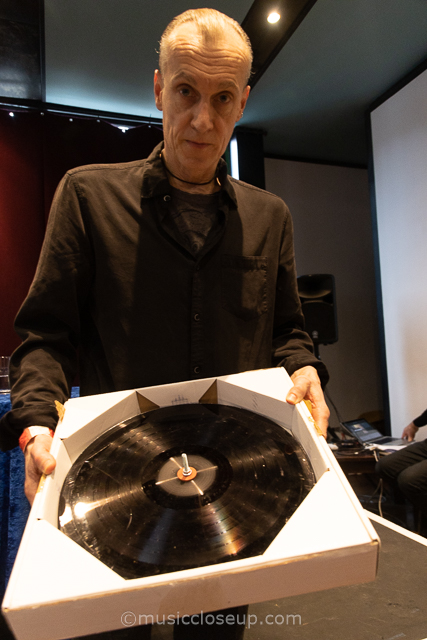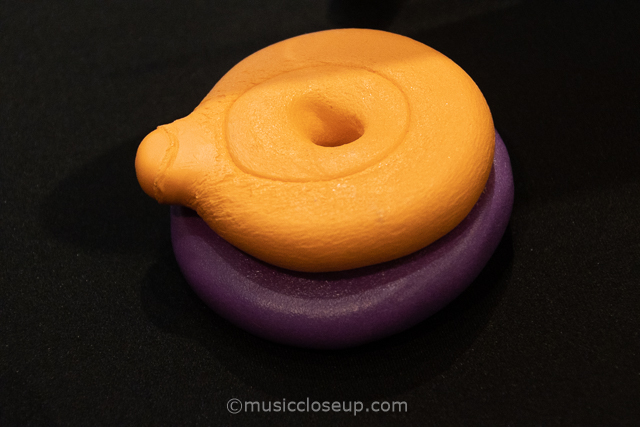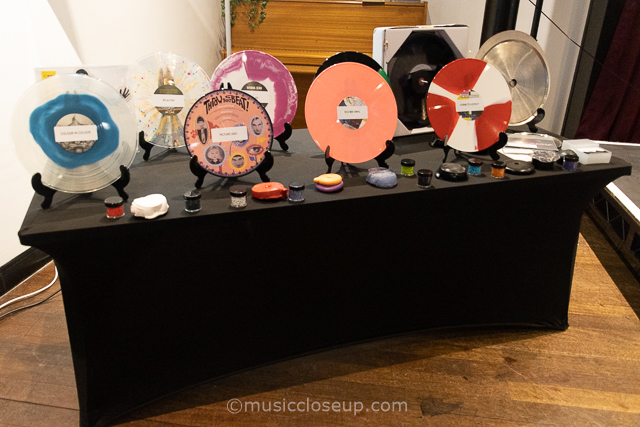You collect records – you might even play on them – but do you know how they’re actually manufactured? We go behind the music to find out.
Who better to explain than the man who shepherded some of your favourite albums? Since joining Key Production as an Account Manager in 1995, Paul Edwards has been the linchpin liaison between labels, distributors, and manufacturers for seminal releases by Mogwai, Sturgill Simpson, and countless others.
We’ll also get insights from Danny Tipping. He’s been involved with over 30 vinyl releases as the co-founder of Clubhouse Records and as a musician in his own right.
Whether you’re contemplating releasing on vinyl for the first time, or just curious about how your precious platters are produced, it’s time to put your favourite album on and get ready to learn.
Even before the recording is complete, it’s important to budget for an engineer with a reputation for vinyl mastering. They’re experts in working within the limitations of, and getting the most out of, the physical format. After all, Tipping notes: “if you’re going to the not inconsiderable expense of producing it on vinyl, the small additional cost of mastering it specifically for that final pressing is well worth it.”
Tipping certainly put his money where his mouth is. His band, The Kynd, work with Barry Grint whose other clients include The Beatles and Madonna!

Edwards explains that the next step is turning digital files into “an actual physical, analogue representation” of the audio wave. The traditional method is for a lathe with two coils to cut grooves into a lacquer-coated aluminium disc.
This ‘lacquer’ is sprayed with a silver nitrate solution ready for what Edwards calls “the magic bit” that even he doesn’t fully understand! Metal plates are passed through a chemical bath containing a nickel solution that forms onto the lacquer by electrolysis when a current is passed through.
“It’s carefully taken out, cooled and washed. There you have an exact negative, which we call the father. From that you do a similar process to get another positive, which is your mother. Finally, from that, you do it again. Then you’ve got another negative. That negative is your stamper.”
They should be kept in a temperature-controlled environment. That’s why the lacquer for The Kynd’s album Timelines was stored in Tipping’s fridge!

There is an alternative process called Direct Metal Mastering (DMM). A lathe cuts directly into a copper disc which become the finished master. This can be cheaper because it’s quicker. However, some feel it doesn’t have the warmth that vinyl records are loved for.
Next, the record labels are baked in an oven. That’s to prevent the labels bubbling up and to help keep the record flat as any residual moisture from the inking process could warp the record.
Small beads of plastic, known as granulates, are heated to around 160°C. The melted plastic is fed through an extruder onto the press to create a puck. It has the exact amount of PVC needed to produce a single record. The record labels are placed either side of the puck and they go on a mould between two stampers.

Initially, several test presses are made and sent to the client. You might know them as white labels. “It’s very exciting to get that back in the post,” Tipping admits.
Although their limited-edition nature makes them prized collectables, test pressings are a vital part of the production process. The creative team should listen for audio degradation and make sure the track sequencing is right.
Tipping advises that “it’s worth taking a few days to listen, and listening to it on different systems,” bearing in mind that it will – and should – sound different than the digital version. Also, some sound artefacts are inevitable because the press won’t have warmed up like it does for a full run.
Once approved, the records are manufactured. “If you go to a vinyl pressing plant, it’s loud, it’s dirty, it’s oily, but it has to be so exact. Using a needle is a very precise art. It always surprises me how that’s done with such a basic physical mechanical process,” Edwards marvels.
Automatic presses are used for black vinyl and single colour records. Edwards explains that the press “comes down with an incredible force, equivalent to about 100 tonnes which is created by hydraulic power.” This crushes the record into shape and presses the label on. It is held in place for a few seconds then water-cooled for 30 seconds, followed by further cooling elsewhere in the plant. The correct temperature is vital to ensure perfect grooves and to avoid warping or dishing.
If the record will have multiple colours or special designs, a hydraulic-assisted hand press is used. Edwards paints a vivid picture: “they might get a green puck come out. They’ve got red sprinkles here, they’ve got another colour there. They’re literally putting those bits into the product.”

Picture discs are also created using a hand press. They have a full paper label covered with plastic foil, so it’s the foil rather than PVC that is actually played. Edwards warns that picture discs “look terrific but you should be prepared for a very significant drop in quality of sound.” That’s why they’re often bought as collectors’ pieces or artwork.
The final part of the process is placing the record in the packaging. Tipping says it’s crucial to plan and budget for professional designs: “it’s a physical expression of the record you’re putting out.” Edwards agrees: “it always comes down to good design.”
Nonetheless, Tipping advises caution because it’s easy to get carried away when considering packaging options: “you need to make sure your unit cost is realistic. That’s not the sexy and cool side of making music [but] every record has a cost that you’d hope you’re gonna recoup.”
If you’re a musician and this has inspired you to produce a vinyl record for the first time, check out this video for more of Danny Tipping’s top tips.
Check out musiccloseup.com for more music news, reviews, and photography.